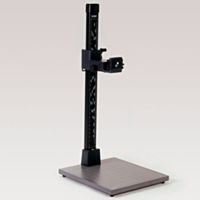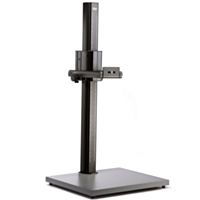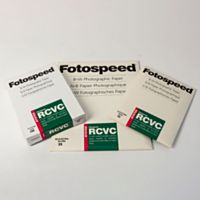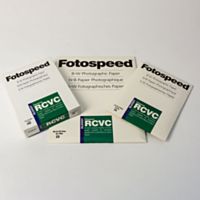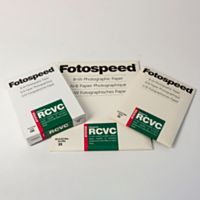3 thinking points when choosing paper for Black and White:




1) The Tone of the picture:
The tone of a picture is probably the first thing I look at when I’m choosing a paper for a print. We can look at tone in two ways; first of all, what kind of impact does it have on your eyes? A picture with high contrast, heavy black and whites and very little grey will hit your eyes in a more aggressive way than a picture with a softer, more subdued tone. Pictures with a higher contrast will usually
need a higher white point of paper in order to enhance the impact. Additionally, Gloss and Lustre papers will have an effect as well. On the flip side, a picture with less defined whites and blacks will suit a slightly warmer white point as it doesn’t need the defined high white point.
Below I have two pictures to illustrate these points. The left-hand picture is what I would describe as a high contrast picture, and would suit a paper with a higher white point such as Platinum Gloss Art Fibre, or NST Bright White if you prefer a matte paper (I will come on to discuss gloss and matte papers later).
In contrast, the right-hand picture below is what I would call a softer tone picture. For this, a warmer paper would work well, like our Legacy Gloss or Platinum Etching Papers.


2) Gloss, Lustre, Semi-Gloss or Matt?
This decision is a tricky one as, ultimately it does come down to personal preference. I’m probably split down the middle on what finish I print my photographs on; 50% are on a fine art gloss like the Platinum Gloss Art Fibre, which is actually closer to a Semi-gloss paper or, as I call it, a ‘darkroom gloss’ due to its similarity between fibre-based darkroom papers.
For the other half of the time, I usually use matte paper. This tends to work best for black and white prints, and I used to solely print my wedding work on matte papers -- namely Smooth Cotton. This gives me a nice smooth finish, a strong black tone and a really nice feel in the hand (which I will discuss in more depth toward the end).
When beginning a black and white journey, a good paper to start with is our Matt Ultra paper. It has a really good high white point paper which can be found within our photo-range of papers. Out of our Fine Art Range of Matt papers, I would always recommend the NST Bright White as a good starting point, as it will perform well with any picture. However, as previously mentioned, it is down to personal choice, and so the best way to find your paper is to do some test prints and see which you prefer. Our test packs are a really good option as they allow you to try out all these different papers.


3) Smooth or Textured?
Something I often consider is whether to use a smooth or a textured paper. While this is a matter of personal preference, there are a few things to consider. When it comes to textured papers, the first rule is generally not to use them for portraits as it can make the skin look bumpy and dimpled. The second thing to think about is the tone; textured papers seem to work well with more muted palettes with almost a watercolour feel. However, I have seen amazing high contrast prints on our Cotton Etching paper which has a heavy texture and a high white point. Again, the best thing to do is try the papers through a test, and don’t be afraid to cut the paper down to make it go a little further, or print multiple pictures on one page.
When talking about textured papers we normal first think about matt paper but our Fine Art Gloss paper also have a textured. The Platinum Baryta paper is very smooth and the Platinum Gloss Art Fibre has a thicker feel and a slight textured to the paper. Where as the Legacy Gloss has a more Lustre/Semi-gloss feel and look to the paper.


3.5) The Feel of the paper
I have added this point in as a little half point as I feel it is important. When people are looking through your pictures the touch and feel of is part of the process. I have noticed that if the print is on a thinner paper like the Lustre 190 the viewer treats the print in a more throw away manner not being as careful. This could also be down to who I’m showing the print to as well.
I hope that has given you all a good starting point and some ideas to try when printing your Black and White pictures. I believe choosing the right paper is the fun part of printing and we can experiment to find the right look and feel for our photographs. As always I recommend calibrating your screen and profiling the papers using our Free Custom Profiling service for the papers you choose.
Want more photography insights? Sign up to our newsletter for exclusive photography tips, tricks and news sent straight to your inbox.



